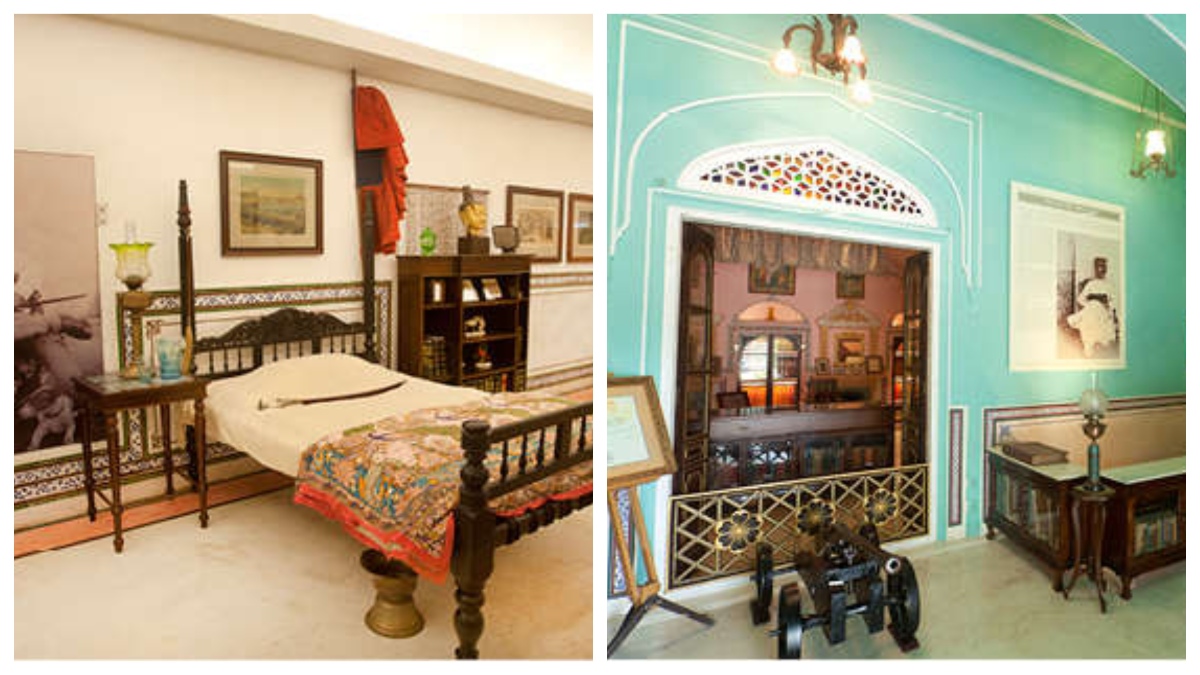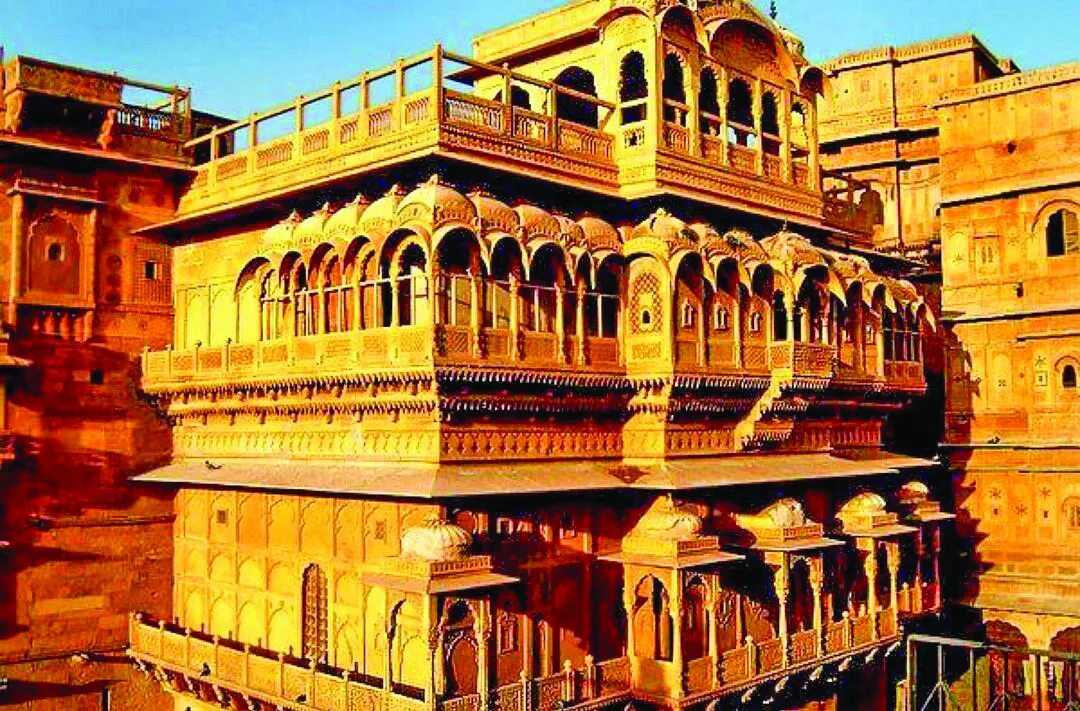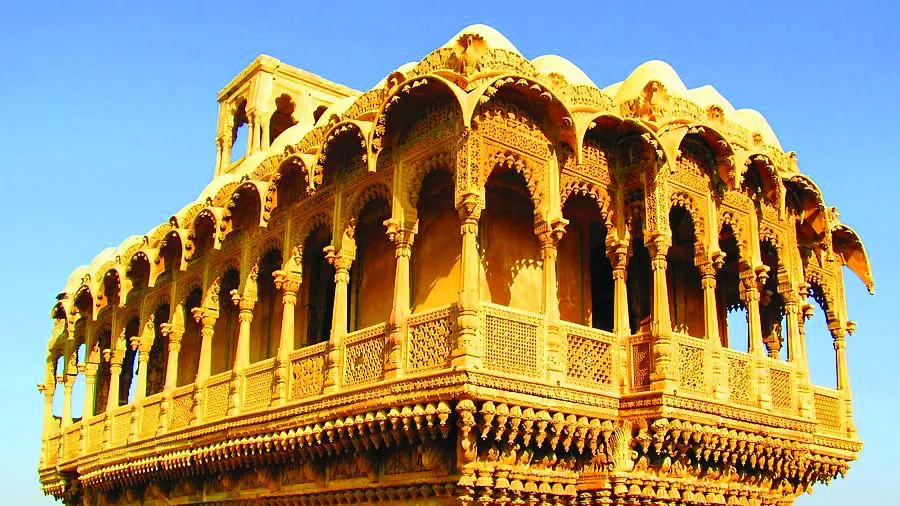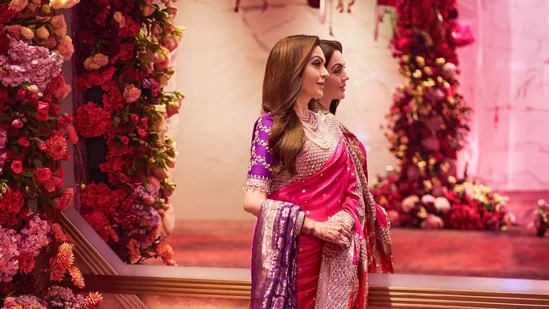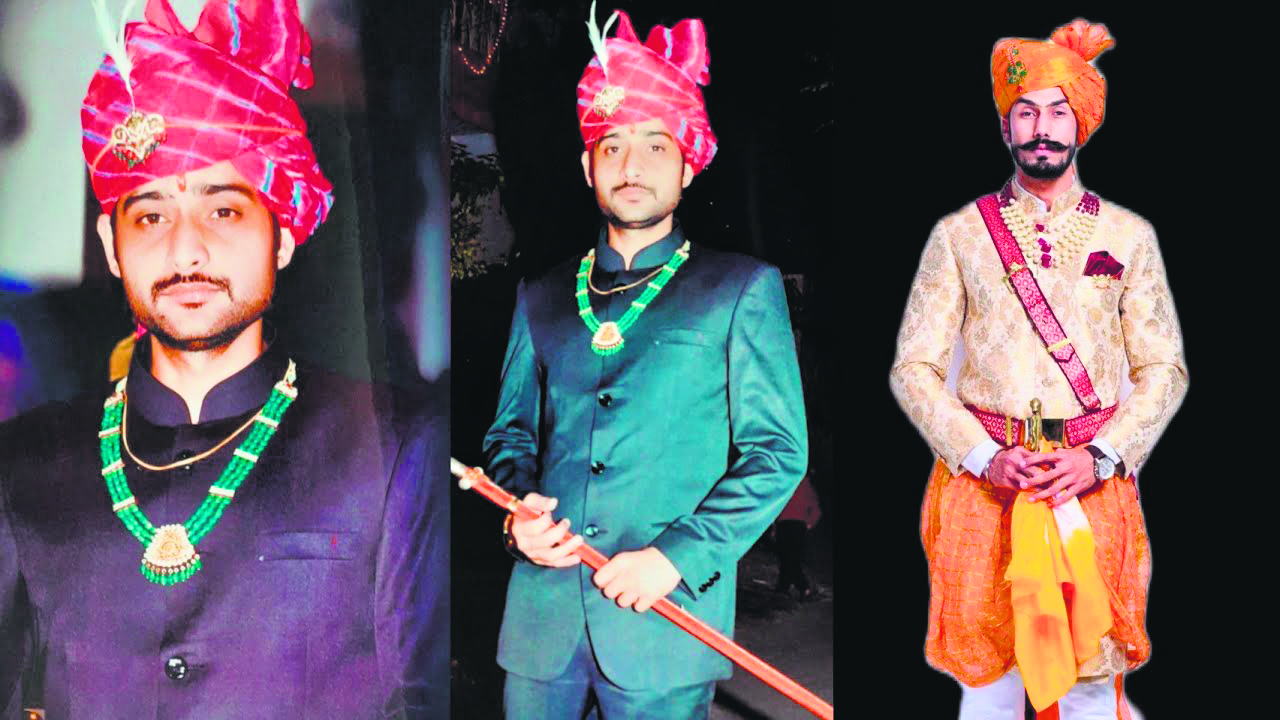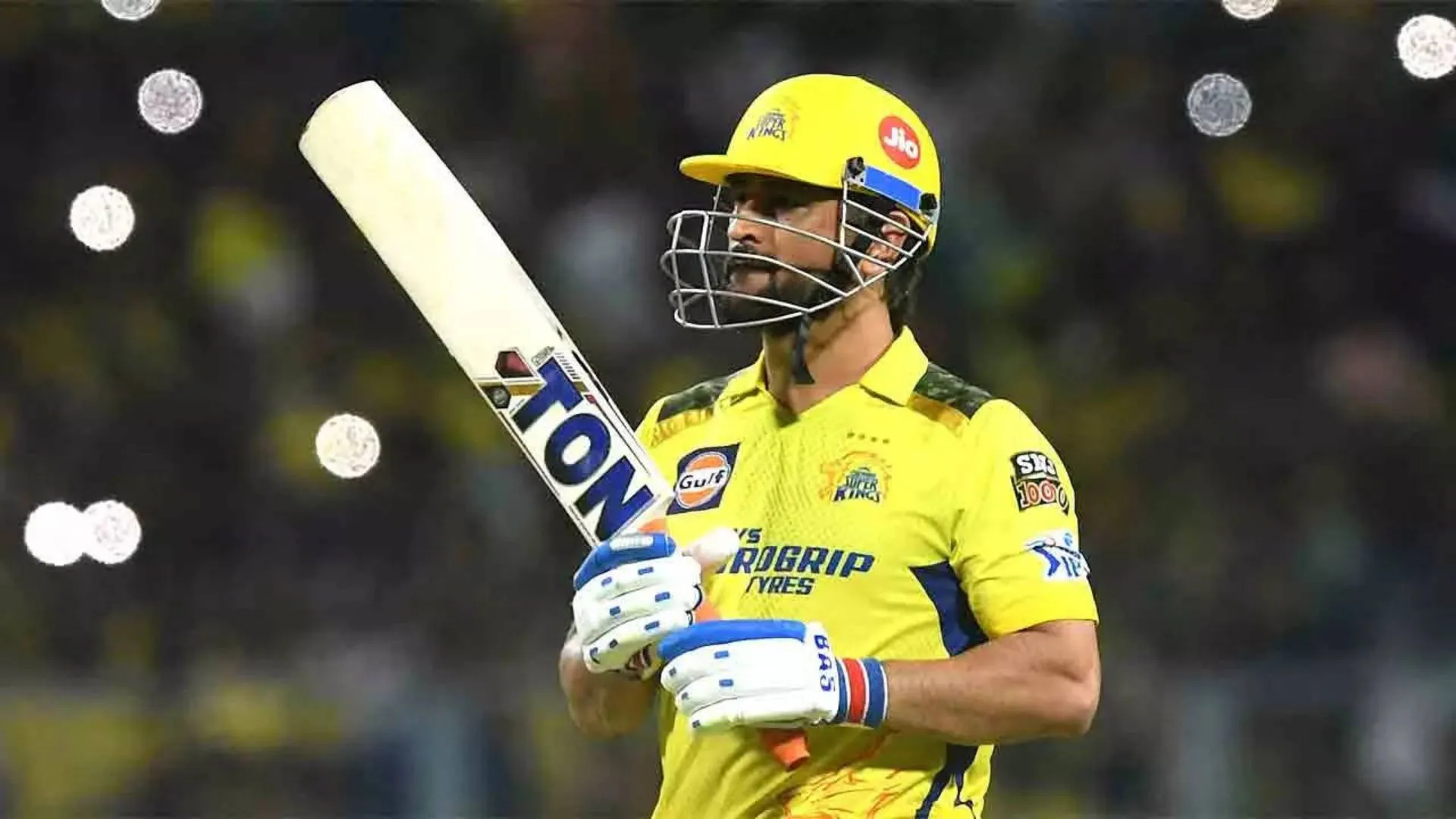The third Thakur of Rajasthan’s erstwhile Thikana of Kanota, late Major General Amar Singhji’s military, sporting and literary contributions to Rajputana and modern India have been profound and long-lasting. A keen pioneer of the idea of Rajputana, Amar Singhji was an avid polo player, shikaar enthusiast and a devoted family man. Most famously, he went down in history as an extraordinary consumer and producer of the written word, having produced what is today recognised as the longest known and consistently-kept diary in the English language. The renowned European Diary of Samuel Pepys, in its eleven volumes, is at best a distant second to the passionate and meticulous documentations of Amar Singhji that collectively account for annals that are 89 volumeslarge and 800 handwritten folios’-long. Present-day artefacts of unsurmountable value, they lie nestled in Kanota’s General Amar Singh Memorial Museum and Library.
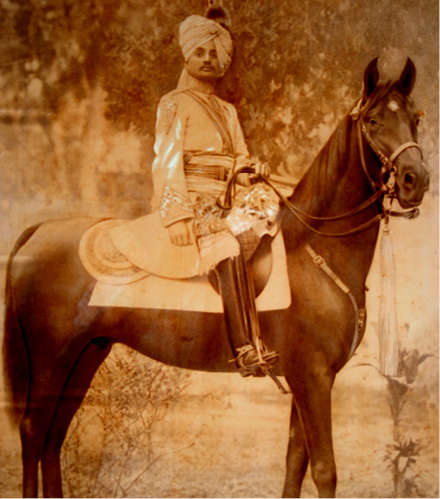
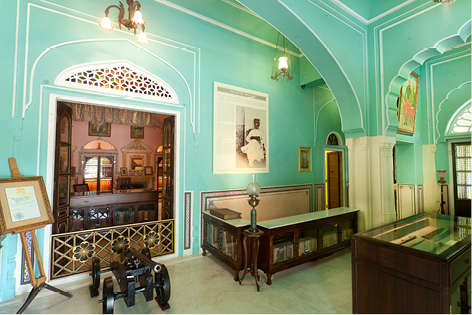
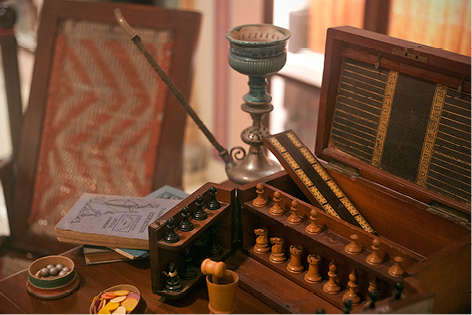
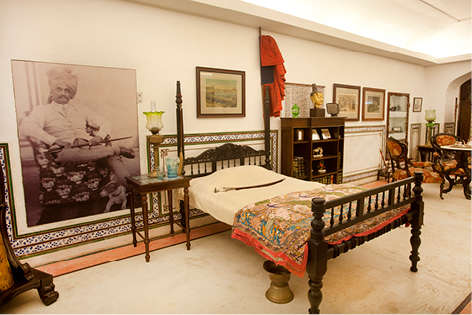
THE LANCER
Amar Singhji’s military career began under the mentorship of the celebrated Jodhpur regent—Sir Pratap Singh. As a newly-appointed rissaldar and commissioned officer in the Jodhpur Lancers, a 22 year-old Amar Singhji was sent to China as a part of the Allied Expeditionary Force to quell the Boxer Rebellion of 1900. Soon after he returned, Amar Singhji was integrated into the Imperial Cadet Corps, a fresh military cohort formed by none other than Viceroy Curzon. Amongst the first four in his batch to graduate, the young Army recruit swiftly advanced to support the Command Headquarters at Indore’s Mhow cantonment as an officer.
The prevailing historical advent of World War I led Amar Singhji to serve the Indian Land Forces as a Captain and served as aidede-camp (ADC) to the then Commanding Officer of the Lahore Division. The valiant Indian Corps officer stood his ground through various battles across the war-torn turfs of Ypres, Bethune, St Omer, Hazebrouch, Neuve Chapelle, etc, to name a few. As a result of his exemplary service in Flanders and erstwhile Mesopotamia, Amar Singhji was amongst the select few Indian officers to be awarded a gallantry medal; and a King’s Commission upon his post-war return. The subsequent Afghan War provided Amar Singhji the honour of being one of the first Indian officers ever to lead a mixed race regiment (of Indians and Britons) in active combat. At the end of this three year-long strife, Amar Singhji retired from the Indian Army, for another military venture awaited his presence in Jaipur.
Taking immediate precedence over the Jaipur state forces, the freshly-retired Army veteran raised the Jaipur Lancers, the infrastructural continuance of which is today known as the 61st Cavalry headquarters. His close friend and patron, Maharaja Sawai Man Singh II, elevated his esteemed advisor and his credibilities to the rank of a Major General and Commander of the Jaipur State Forces.
SPORTSMAN & HUNTSMAN
Immediately after his recruitment into the army in Jodhpur, Amar Singhji had made no delay in enhancing his equestrian calibre. The combined mentorship of Sir Pratap Singhji on and off duty had helped make the discovery of Amar Singhji into a skilled polo player. Incidentally, his formative years as a upcoming defence personnel had coincided with polo’s rising eminence as an elite sport in the region under the guidance of polo maven Stweart Baetson. The rest, as we all know, became history. Not only did Amar Singhji herald a familial legacy of polo talent, but also in the training of the majestic four-legged beasts for the art of equestrian sports as well as shikaar.
A LITERARY GIANT
An old couplet from erstwhile Rajputana claims, “A Rajput who reads will never ride a horse”. What greater exception existed to this norm than good, old Amar Singhji, who was shared unparalleled comforts in his elegant juxtaposition between the saddle and the pen. In fact, his agility with the pen gave further flair to his horsemounted experience, which he has vividly recounted in his diaries. Amongst these, a sentimental description of his pilot polo season in Jodhpur goes as follows:
24th of Nov,1899: “At 2 p.m. commenced the first match between ourselves and the 7th Royal Fusiliers. We beat them by three goals and three subsidiaries to one goal and two subsidiaries.” “…As regards my not taking interest in any other games than Polo… I do not care for them…” “We play Polo, we talk polo, and we even dream polo… Here in Jodhpore, and especially with Sarkar, or when we all companions and polo players chance to meet we have next to [nothing] to talk but only polo! Polo!”
31st of Oct, 1902: “In the evening we went to play polo. I played six chukkers of which the four fast ones with the cadet corps team…Major Watson was quite pleased with my playing and I wanted nothing more.” It wasn’t merely autobiographical journalling that Amar Singhji indulged his pen into. His comprehensive literary works also reflected the social reformer that he was. For example, his acute consciousness vis-à-vis the degraded social position of women in his times reflects in statements such as the following: “We people have trampled upon the rights of women. We look upon them in light of playthings…”
Similarly, he also condemned the lifestyle of the thikanedaars and their selfindulgent traits that grew symbiotically alongside idleness and promiscuity. His heightened disconcertion in this regard could be duly explained by Amar Singhji’s personal preferences of monogamy and a strictly disciplined work ethic. Another social custom that Amar Singhji’s diaries reflect in terms of personal opposition is the then-rampant practice of hypergamy, which implied marrying girls into superior households.

